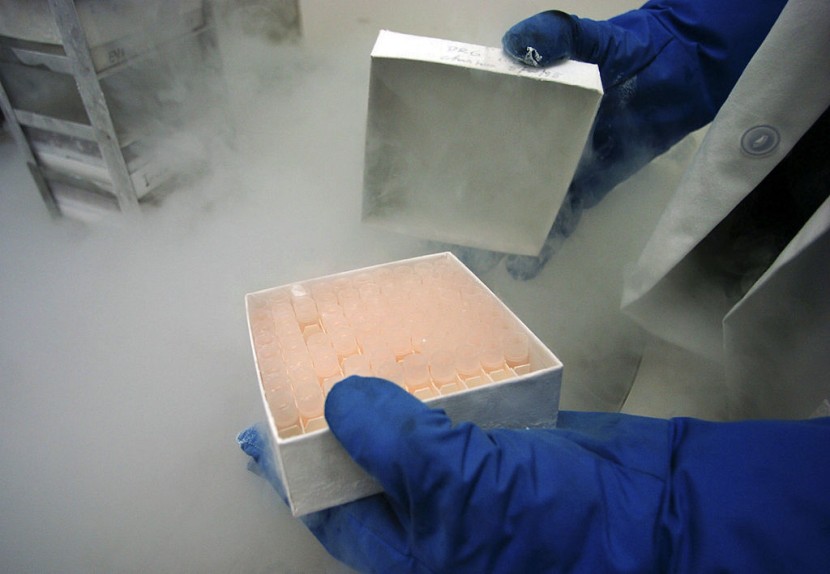
Scientists have sparked controversy after the creation of the world's first-ever "synthetic embryo," complete with beating hearts and brains using only stem cells, which marks a groundbreaking moment in science.
Joseph Hanna, a molecular geneticist, led a team of researchers at Israel's Weizmann Institute of Science. They managed to create a synthetic mouse embryo in a laboratory in the absence of fertilized eggs or a uterus. This potentially allows humans to get a glimpse of what happens in the early stages of human pregnancy as well.
Synthetic Embryo
The new embryo model, which was detailed in the team's paper published this week in the journal Cell, was able to mimic all the makings of an early body. This includes "precursors of heart, blood, brain, and other organs." It was also able to "support" cells similar to those found in the placenta and other tissues required to establish and maintain a pregnancy.
The team's research could have major implications in the science world as Megan Munsie, who was not involved in the research, said that the team studied a crucial stage. They argued that in humans, many pregnancies are lost around this stage and scientists do not really know why, as per Futurism.
Munsie noted that with the research, scientists will be able to better understand what can go wrong and possible insights into what could be done about it. However, the embryo model only survived eight out of the 20-day mouse embryonic cycle, which is considered a critical drawback given the stated goal of Renewal Bio, the company founded by Hanna to commercially fund this research.
The goal of the startup is to develop synthetic human stem cells in an attempt to "solve" human health crises, a science that experts said will not be ready for decades to come. To summarize, Bio Renewal wants to create embryo-stage versions of humans so that it can harvest tissues for transplants.
According to Haaretz, prior to the creation of the synthetic embryo, Hanna showed that a natural mouse embryo created by insemination of an egg by sperm could grow in an artificial womb that he developed in his lab. That study left a big question unanswered, which is whether or not it was possible to create a synthetic embryo from stem cells cultured in a petri dish.
Potential Scientific Implications
Hanna noted that the team had to first develop the conditions for growing a natural embryo in the gastrulation stage. They then examined what happens when the embryonic stem cells grown in a petri dish are placed within these conditions.
Despite the groundbreaking research, controversies surrounded the team's study as some questioned whether or not it would be possible to create a synthetic human embryo in the future. However, the Weizmann Institute's researchers said that their only goal in the experiment was to prove whether or not it could one day be possible to create synthetic embryos to grow replacement organs.
Hanna said that the team's goal did not include making pregnancy outside of the uterus, whether this is in mice or any other species. "We are really facing difficulties making organs, and in order to make stem cells become organs, we need to learn how the embryo does that. We started with this because the uterus is a black box, it is not transparent," Euronews reported.
Related Article:
CDC Says Bacteria That Cause Rare, Serious Illness 'Melioidosis' Have Become Endemic in Mississippi
© 2025 HNGN, All rights reserved. Do not reproduce without permission.








